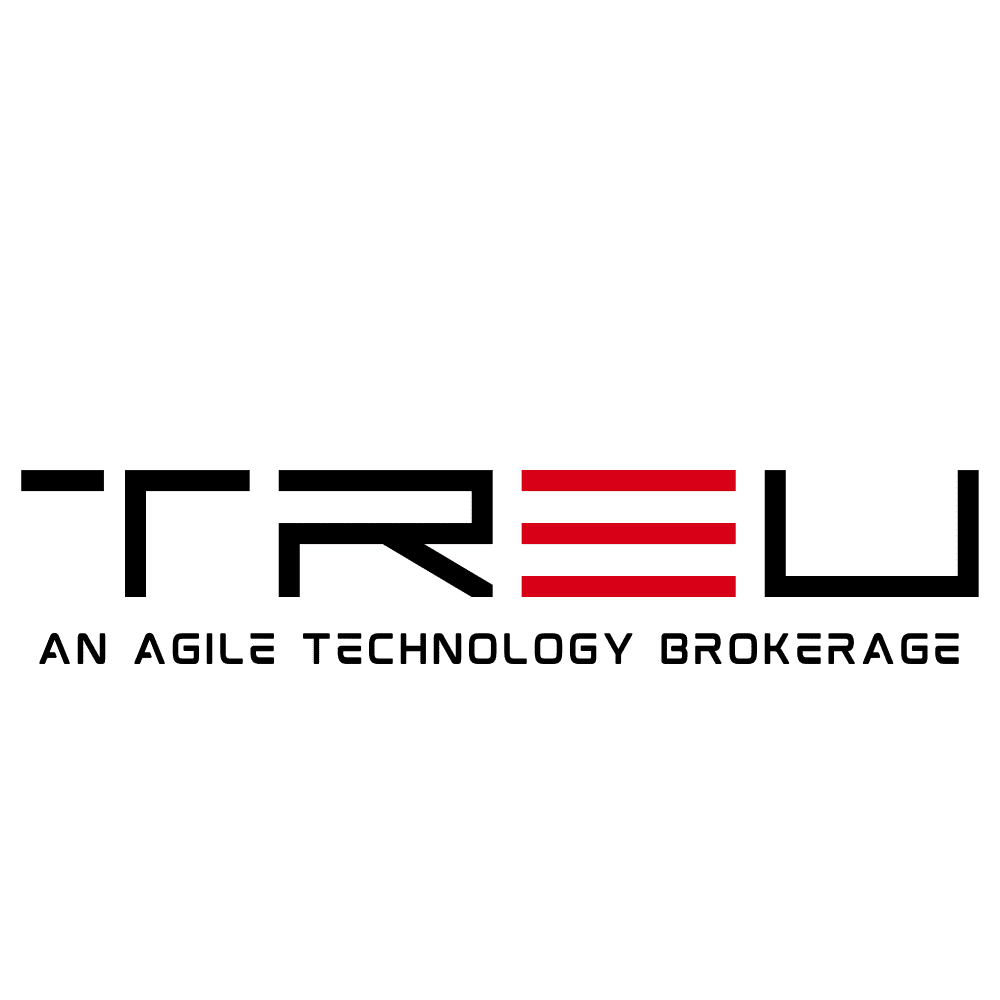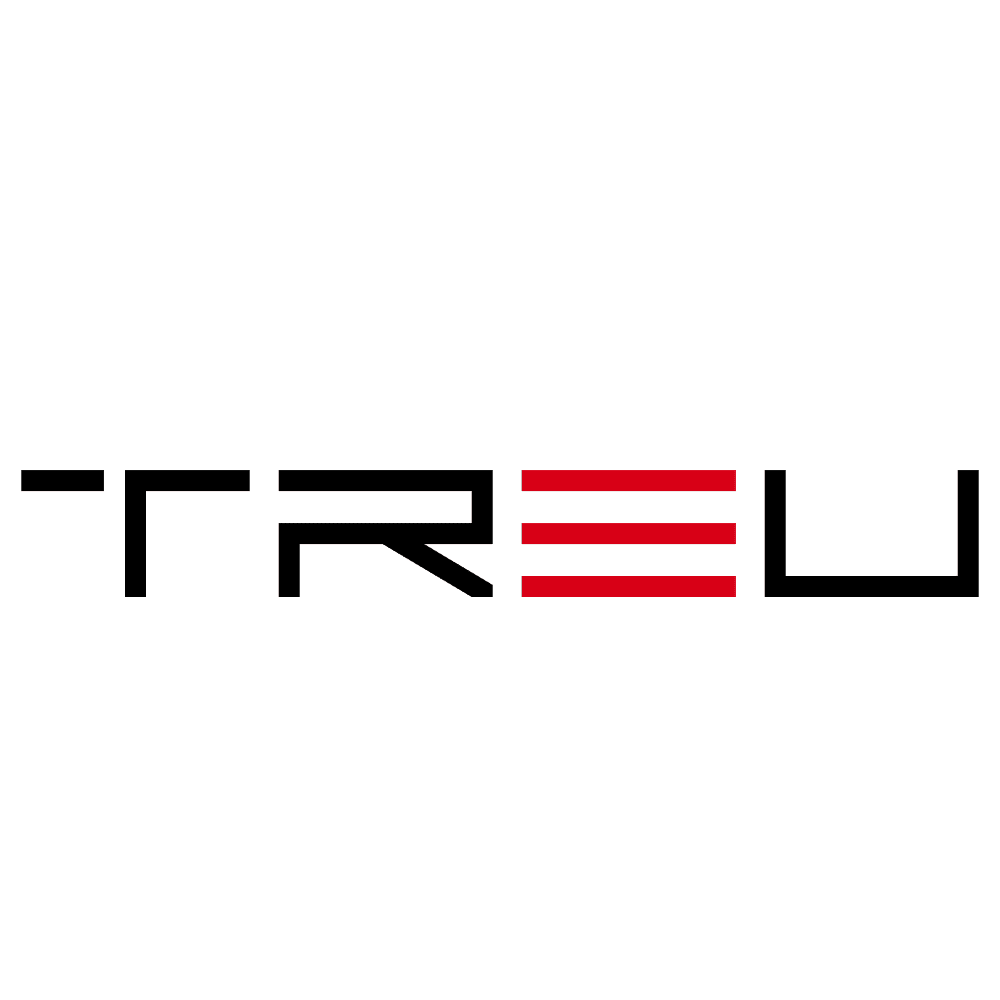Top Business Technology Trends Shaping the 2025 Enterprise Landscape
As the world races toward digital transformation, executive leaders face mounting pressure to adapt and prioritize technology-driven innovations for their organizations. The enterprise landscape in 2025 is set to be shaped by groundbreaking changes in business operations, workforce dynamics, and consumer expectations—all driven by advanced technologies. The ability for enterprises to embrace these emerging trends will be the difference between lagging behind competitors or leading markets.
Let’s explore the top business technology trends predicted to redefine the enterprise sector this year.
The Evolution of Business Technology
Digital acceleration over the past decade has led to evolutionary shifts in businesses, over the course of the year, the integration of technology will touch every aspect of operations. Enterprises are not only adopting new tools but embedding technology as a core pillar of their strategy, productivity, and growth.
Key examples include:
- Emphasis on artificial intelligence (AI) and machine learning (ML) to automate repetitive workflows
- Widespread use of blockchain to enhance transparency in operations
- Remote work optimization through advanced hybrid workplace technologies
By the end of this year, enhanced adaptability, agility, and resilience will define successful businesses prepared for the challenges and opportunities of a digitally interconnected world.
Priority Business Technology Trends
1. Artificial Intelligence and Hyperautomation
Hyperautomation, the broad integration of AI and robotic process automation (RPA), will dominate enterprise operations. Hyperautomation goes beyond automating individual tasks—it enables end-to-end workflow automation across entire processes, enhancing efficiency and reducing manual intervention.
Why it’s a game-changer:
- AI-powered tools will save time and costs while improving operational accuracy
- Enterprises can allocate human workers to higher-value strategic tasks
- Data-driven decision-making will be streamlined with predictive analytics tools
For enterprises, investing in AI and RPA will transition from being an option to being a necessity.
2. Embedded Sustainability in Technology
Sustainability is no longer a corporate buzzword—it’s a cornerstone of responsible and progressive business practices. Businesses will integrate sustainability standards into their tech procurement and operations.
What to expect:
- Organizations leveraging green IT solutions, such as energy-efficient data centers and carbon-neutral cloud computing platforms
- Increased partnerships with tech vendors prioritizing environmental practices
- Renewable energy powering smart buildings and IoT-enabled workplaces
Consumers and stakeholders are becoming increasingly conscious of sustainability practices. Enterprises investing in green technology will not only improve their environmental impact but also strengthen brand loyalty.
3. The Rise of Edge Computing and Decentralized Networks
As enterprises generate massive amounts of data through connected devices, reliance on cloud-based systems alone is proving insufficient. This year, edge computing—which processes data closer to its origin—will surge in adoption.
Why edge computing matters:
- Decreased latency for real-time decision-making
- Improved data security by minimizing risks of centralized storage
- Scalability in managing the growing Internet of Things (IoT) ecosystem
Pair edge computing with 5G technology, and enterprises can harness real-time capabilities to optimize operations ranging from manufacturing to customer service.
4. Cybersecurity Reinforced by AI
As technology evolves, so do cyber threats, which are becoming increasingly sophisticated. Enterprises will leverage AI-powered cybersecurity systems to monitor, predict, and mitigate cyber risks in real time.
Key features of future-ready cybersecurity:
- Dynamic threat detection using AI
- Zero-trust architectures to thwart unauthorized access
- Enhanced identity and access management for distributed workforces
Moreover, quantum computing-driven threats will challenge enterprises to rethink their encryption strategies. Consequently, investment in quantum-resistant security measures will also gain traction.
5. Immersive Technologies: AR, VR, and the Metaverse
Immersive experiences via augmented reality (AR), virtual reality (VR), and the metaverse are projected to redefine customer engagement and workplace collaboration. Beyond entertainment, these technologies are set to revolutionize industries like retail, education, and real estate.
Practical use cases:
- Virtual try-ons for e-commerce and retail shoppers
- AR-enhanced on-the-job training for remote teams
- Metaverse platforms for hosting virtual conferences and business meetings
As enterprises compete to stay relevant, integrating immersive tech into their marketing and operational strategies will likely become widespread.
Overcoming Challenges to Embrace these Trends
Adopting transformative technologies comes with challenges. Enterprises must address hurdles such as:
- Skills gaps: Upskilling and reskilling employees to align with tech advancements
- Budget limitations: Strategic adoption of technology without overspending
- Regulatory compliance: Navigating privacy laws and governance frameworks as technologies evolve
Successful businesses will focus on building partnerships with tech innovators, cultivating an agile workforce, and proactively managing change to seize opportunities effectively.
Key Takeaways for Enterprises
As we progress through the year, businesses must align their strategies with the following priorities:
- Invest in AI-driven automation to enhance productivity gains
- Adopt green technology to stay compliant with sustainability expectations
- Leverage edge computing and IoT for real-time operations
- Build robust cybersecurity frameworks using AI and zero-trust models
- Experiment with immersive technologies to foster innovation and engagement
Enterprises that navigate these trends with foresight will drive competitive advantage, efficiently meet emerging challenges, and position themselves for long-term success.
Conclusion
This year will mark a pivotal point in the journey of enterprise technology. From the pervasive integration of AI and edge computing to the rising prominence of sustainability, the landscape is rich with opportunities to innovate. Businesses that embrace these transformative trends and future-proof their operations will be equipped to thrive in an increasingly technological world.
The time to prepare for this transformation is now. Enterprises must prioritize forward-thinking strategies and make bold investments in business technology to navigate tomorrow’s landscape with confidence.

